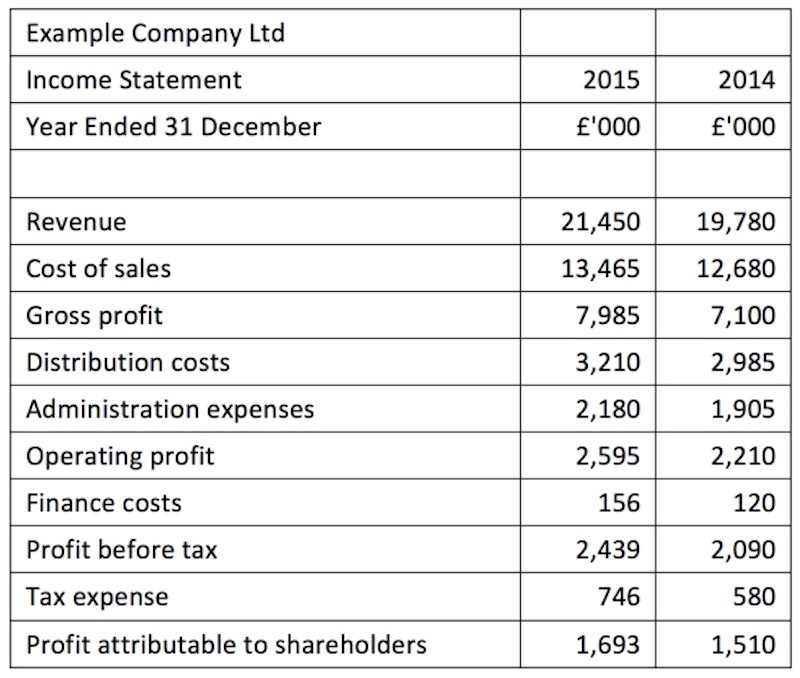Study Notes
Income Statement - Introduction
- Level:
- AS, A-Level
- Board:
- AQA, Edexcel, OCR, IB
Last updated 22 Mar 2021
The income statement is a historical record of the trading of a business over a specific period (normally one year). It shows the profit or loss made by the business – which is the difference between the firm's total income and its total costs.
The income statement serves several important purposes:
- Allows shareholders/owners to see how the business has performed and whether it has made an acceptable profit (return)
- Helps identify whether the profit earned by the business is sustainable ("profit quality")
- Enables comparison with other similar businesses (e.g. competitors) and the industry as a whole
- Allows providers of finance to see whether the business is able to generate sufficient profits to remain viable (in conjunction with the cash flow statement)
- Allows the directors of a company to satisfy their legal requirements to report on the financial record of the business
The structure and format of a typical income statement is illustrated below:

The lines in the income statement can be briefly described as follows:
You might also like
Profit - What is it?
Study Notes
Introduction to Financial Statements
Study Notes
Improving Profit
Quizzes & Activities
Income Statements Revision Quiz
Quizzes & Activities
Next Cuts Sales and Profit Forecast – Again!
7th May 2016
Elon Musk: Man on a Mission
6th September 2016

Edexcel A Level Business - Key Resources for the New Academic Year
1st September 2017

New Edexcel A Level Business (Year 1) Numerical Assessment
13th September 2017